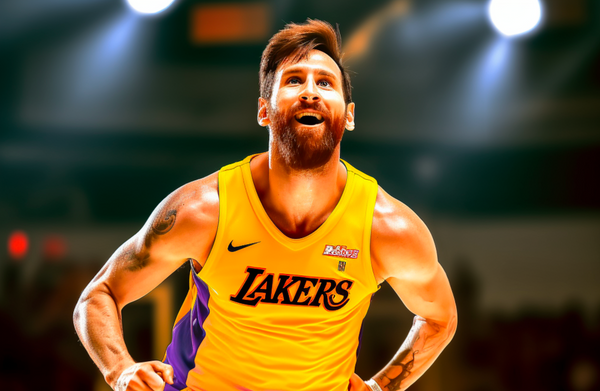Sports Content Consumption
How is the shift towards digital platforms, growing interest in women's sports, and the rise of non-live content and eSports reshaping sports content consumption and marketing strategies globally?

Sports content consumption is shifting towards digital platforms, with a growing market for NFT sports collectibles. Women's sports viewership is increasing, and there is a preference for non-live content and online streaming. Social media, eSports, and wearable technology are emerging trends in sports marketing.
- Approximately 70% of sports content is viewed via digital platforms globally[1].
- The market for NFT sports collectibles is expected to grow exponentially at a rate of 38% from 2023 to 2032[2].
- The 2023 NCAA tournament drew nearly 10 million viewers for the final game between Iowa and LSU, up 103% from the previous year[7].
- The WNBA draft audience increased 42% between 2022 and 2023 and was up 89% with female viewers[7].
- Interest in the Women's Super League increased 81% from 2022 to 2023[7].
- 41% of the global population is excited for the Women's World Cup in 2023, rising from 34% before the 2019 Women's World Cup[7].
- Nearly 40% of global sports fans are interested in non-live content related to live sports events[7].
- 44% of fans ages 16-29 are interested in non-live content related to live sports events[7].
- The 2023 College World Series was the most-watched ever on ESPN platforms[11].
- The 16-game postseason averaged 1.65 million viewers (up 48% from 2022)[11].
- The three-game CWS finals averaged 2.86 million (up 75% from last year's two-game finals)[11].
- The women's basketball national championship game between LSU and Iowa drew a record-shattering 9.9 million viewers[11].
- The men's lacrosse title game between Notre Dame and Duke averaged 757,000 viewers, the most-watched title game since 2007 and a 36% jump from 2022[11].
- The Women's College World Series title game averaged 1.9 million viewers and peaked at 2.3 million, a 7% increase from last year[11].
- 58% of Gen Z and millennials prefer live events as their favorite type of sports content[13].
- More than 90% of Gen Z fans use social media to consume sports content[13].
- Nearly one-third (30%) of all fans (and 46% of millennial fans) have subscribed to subscription video on demand (SVOD) services specifically for watching sports in the past 12 months[13].
- The global sports media rights market will grow to almost $60 billion by the end of 2024[15].
- Traditional TV viewing has begun shifting towards streaming content and online platforms[15].
- Younger demographics prefer to watch online content[15].
- Streaming platforms are becoming more of a powerhouse in the sports broadcasting industry[15].
- Amazon has secured valuable rights packages to the Premier League and the NFL in recent years[15].
- Mobile devices are revolutionizing fan engagement strategies[2].
- Social media strategies are being used for fan engagement[2].
- Cause-driven campaigns are connecting brands with fans[2].
- The growth of eSports and its marketing potential is increasing[2].
- Targeting younger demographics through eSports marketing is becoming more popular[2].
- Utilizing primary data for fan engagement is a growing trend[2].
- Wearable technology is being integrated into sports marketing[2].
- 40.7% of global sports fans now stream live sports through digital platforms[6].
These insights and statistics show the growing prominence of digital media, streaming services, and social media platforms in sports content consumption. The increasing interest in women's sports, non-live content, and eSports also highlights the evolving landscape of sports viewership and marketing trends.





